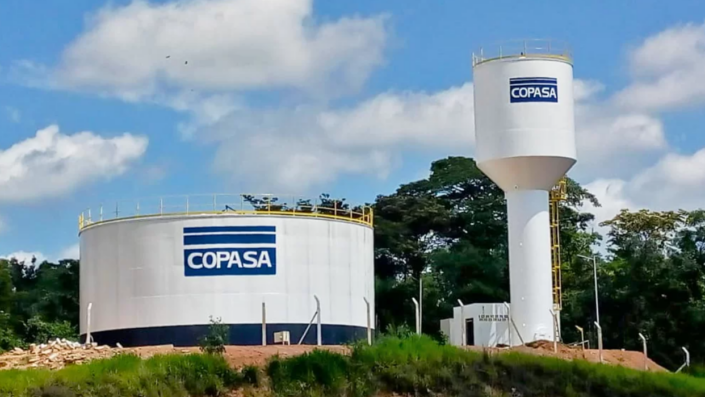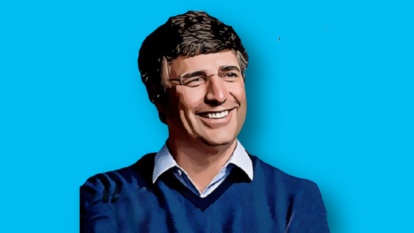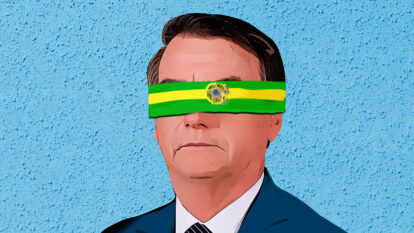MIAMI – The governing body of world soccer has launched its most ambitious club tournament to date, a calculated move to capture new markets, expand audiences, and scale its global business.
With $1 billion in prize money, the revamped Club World Cup marks a bold attempt to turn club soccer into a global media property, one built on NBA-style revenues, Saudi investment, and an American appetite for large-scale entertainment.
If the strategy pays off, soccer clubs will become much more than eleven players on a pitch. They’ll become intellectual properties, global content franchises with growing commercial appeal in America. The organizers will gain what they’ve long pursued: control of the soccer calendar, monetization at scale, and direct access to the world’s most valuable sports consumer base.
Running through July 13, the tournament features 32 teams and 63 matches across the United States. The host nation wasn’t selected by chance. The country is home to the world’s most influential sponsors, powerful media platforms, and fans who treat sports like premium entertainment.
DAZN, backed by Len Blavatnik, secured global broadcast rights in a $1 billion deal — just weeks after Saudi Arabia’s sovereign wealth fund (the PIF) invested the same amount into the platform and became a tournament sponsor. In a notable shift, DAZN is streaming the matches for free, a break from today’s subscription-heavy model and a strategic move to build scale ahead of the 2034 World Cup in Riyadh.
As Saudi Arabia uses sport to reshape its global brand, the tournament’s financial model is evolving: more “eyeballs”, more recurring revenue, and greater control over an area of the sport still heavily shaped by UEFA.

Gianni Infantino, FIFA president since 2016, has made no secret of his desire to reduce Europe’s dominance and consolidate global soccer’s commercial upside. His signature is literal: the new 24-karat gold trophy, crafted by Tiffany & Co., is engraved with “Inspired by FIFA President Gianni Infantino.”
The prize structure reflects the aforementioned ambition. Chelsea and Manchester City earned $38 million just for participating. Clubs from South America, Africa, and Asia earned far less — but a strong showing can rewrite the balance sheet.
The champion will earn $40 million; the runner-up, $30 million. Semifinalists will take home $21 million, and quarterfinalists $13 million. In total, $525 million is guaranteed, with another $475 million linked to performance. That’s enough to turn second-tier clubs into regional economic engines.
But the demands can be punishing. Real Madrid stars Vini Jr. and Valverde could log more than 80 matches and nearly 80,000 miles of travel this season. FIFPRO, the global players’ union, has lodged formal objections. Manchester City’s Pep Guardiola has called the schedule “unsustainable.”
Even so, Real Madrid has promised each player a $1 million bonus for a tournament win, a reminder that in soccer, money talks.
The tournament’s logistical heart is in Florida. Infantino now resides in Coral Gables, and Orlando is the only city hosting two match venues: Inter&Co Stadium, named after Nasdaq-listed digital bank Inter, and Camping World Stadium.
It’s soccer’s most significant American moment since the 1994 World Cup, a tournament credited with helping mainstream the sport in the U.S.
Coca-Cola, Visa and Bank of America headline the sponsorship slate. BoA secured exclusive global rights in the financial category.
Ticket pricing has been somewhat of a balancing act. Seats for lower-tier matches dropped to $50 from $250, while marquee showdowns, like Real Madrid vs. Al Hilal, have hit $7,000 on resale platforms like Stubhub. Demonstrating that U.S. consumers are willing to pay for the hype, beyond Messi.
Brazil, long viewed as soccer’s spiritual home, will be represented by four clubs: Botafogo, Palmeiras, Flamengo, and Fluminense. Each group-stage win is worth $1 million; advancing to the Round of 16 adds $2 million, roughly equal to a full season’s earnings in Brazil’s top division.
At DraftKings, the odds are steep. A $100 bet on Flamengo to beat Chelsea returned $320. Lucky bettors when the upset landed. Still, the favorites remain familiar: Real Madrid, Manchester City, PSG, and Bayern, all backed by institutional capital and, in many cases, state-adjacent wealth.
Yet visibility matters. Even without lifting the trophy, non-European clubs can boost their profiles ahead of the 2026 World Cup. Players get global exposure, and a single goal can shift narratives and endorsements across markets.
And this is FIFA’s business case in a nutshell: broader inclusion leads to deeper engagement. The more globally representative the tournament, the greater its commercial upside.
The Club World Cup can be seen as a referendum on what soccer can become: a media-first, cross-border business on par with the NFL and NBA.
For the organizers, it’s a $1 billion bid to dominate the club game. For Saudi Arabia, it’s an extension of soft power, beyond oil. And for the U.S., it’s a chance to domesticate the world’s most popular sport, with packed stadiums, legacy sponsors, and cultural significance. Value creation.
Soccer didn’t come to America for 90’s nostalgia. It came for scale. If the model works, the Tiffany trophy will be just another asset on a growing balance sheet. And if it doesn’t? The fans will still be watching — no subscription required.
Kaio Philipe is the chief marketing officer at Inter&Co.












